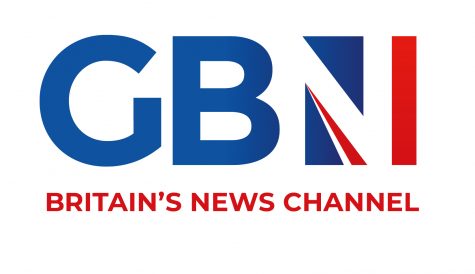
After more than 40 years of operation, DTVE is closing its doors and our website will no longer be updated daily. Thank you for all of your support.
SCTE targets DOCSIS 3.1-MoCA 2.0 interoperability
The SCTE has announced a new standards practice, designed to ensure interoperability between MoCA 2.0 and the cable industry’s new DOCSIS 3.1 specification.
The Society of Cable Telecommunications Engineers (SCTE), its global arm the International Society of Broadband Experts (ISBE), and the Multimedia over Coax Alliance (MoCA) jointly announced SCTE 235, ‘Operational Practice for the Coexistence of DOCSIS 3.1 Signals and MoCA Signals in the Home Environment’.
This is designed to address and prevent degradation or failure of signals due to a shared frequency range above 1GHz.
The operational practice specifies the proper use of frequencies and filters that network designers, cable industry technical personnel, equipment designers, and others can employ for optimal performance in environments that include both DOCSIS 3.1 and MoCA 2.0.
SCTE 235 prescribes sufficient isolation and proper location and required performance of filters to ensure there is no signal leakage from one residence to another and to prevent overload of DOCSIS and MoCA receivers
“As cable system operators expand their service portfolios, a key role for SCTE/ISBE Standards is to ensure that our members can continue to leverage all available technologies,” said Dean Stoneback, senior director of engineering for SCTE/ISBE.
“By working collaboratively with CableLabs and organisations such as MoCA, we can drive solutions that can increase cable’s competitive edge and create value for the consumers the industry serves.”
SCTE 235 was created by the Special Working Group on HFC Readiness for DOCSIS 3.1 within the Network Operations Subcommittee of the ANSI-accredited SCTE/ISBE Standards Program.



